In 2024, Google Ads has introduced a series of groundbreaking innovations aimed at enhancing ad experiences for both advertisers and users.
These advancements, powered by artificial intelligence (AI), are transforming the digital advertising landscape, making campaigns more efficient, engaging, and tailored to individual user preferences.
Let’s delve into these AI-powered enhancements and explore how they’re reshaping ad experiences.
- AI-Powered Enhancements Transforming Ad Experiences
- New Ad Formats Revolutionizing User Engagement
- Privacy-Centric Measures Shaping Ad Strategies
- Enhanced Measurement and Reporting Tools
- Creative Solutions Elevating Brand Presence
- Embracing Ad Experience Innovations in 2024
- Frequently Asked Questions on Ad Experience Innovations
AI-Powered Enhancements Transforming Ad Experiences
Artificial intelligence has become a cornerstone of modern advertising, enabling more personalized and effective campaigns.
In 2024, Google Ads has leveraged AI to introduce several key features that are revolutionizing ad experiences.

Generative AI revolutionizing ad creation with dynamic designs and AI-powered interfaces.
Generative AI in Ad Creation
Creating compelling ad content can be challenging.
That’s where generative AIA type of artificial intelligence that creates content such as text, images, or audio based on training data. steps in, assisting advertisers in crafting engaging and relevant ads.
By analyzing vast amounts of data, AI can generate ad copy and visuals that resonate with target audiences, enhancing engagement and conversion rates.

AI optimizing Performance Max campaigns with advanced analytics and seamless integration across platforms.
AI-Driven Performance Max Campaigns
Performance Max campaigns have been enhanced with AI capabilities, allowing for real-time optimization across multiple channels.
This ensures that your ads are automatically adjusted to perform their best, reaching the right audience at the right time without manual intervention.
These features provide an exceptional ad experience for both advertisers and their target audience.

Conversational AI simplifying campaign management with real-time insights and natural interaction.
Conversational AI for Campaign Management
Ad campaign management can sometimes get complicated, but conversational AITechnology that enables machines to understand, process, and respond to human language naturally. tools are making it easier.
These AI assistants interpret natural language inputs, allowing you to set up, manage, and optimize campaigns with ease.
By reducing the learning curve and saving time, conversational AI enhances your overall ad experience and campaign efficiency.
These AI-powered enhancements are more than just technological upgrades; they are tools designed to make your advertising efforts more effective and less time-consuming.
Such innovations ensure that you stay one step ahead in the competitive digital advertising landscape while delivering exceptional ad experiences for your audience.
Artificial intelligence is revolutionizing ad experiences in 2024, making campaigns more engaging and personalized. Embrace these tools to stay competitive.
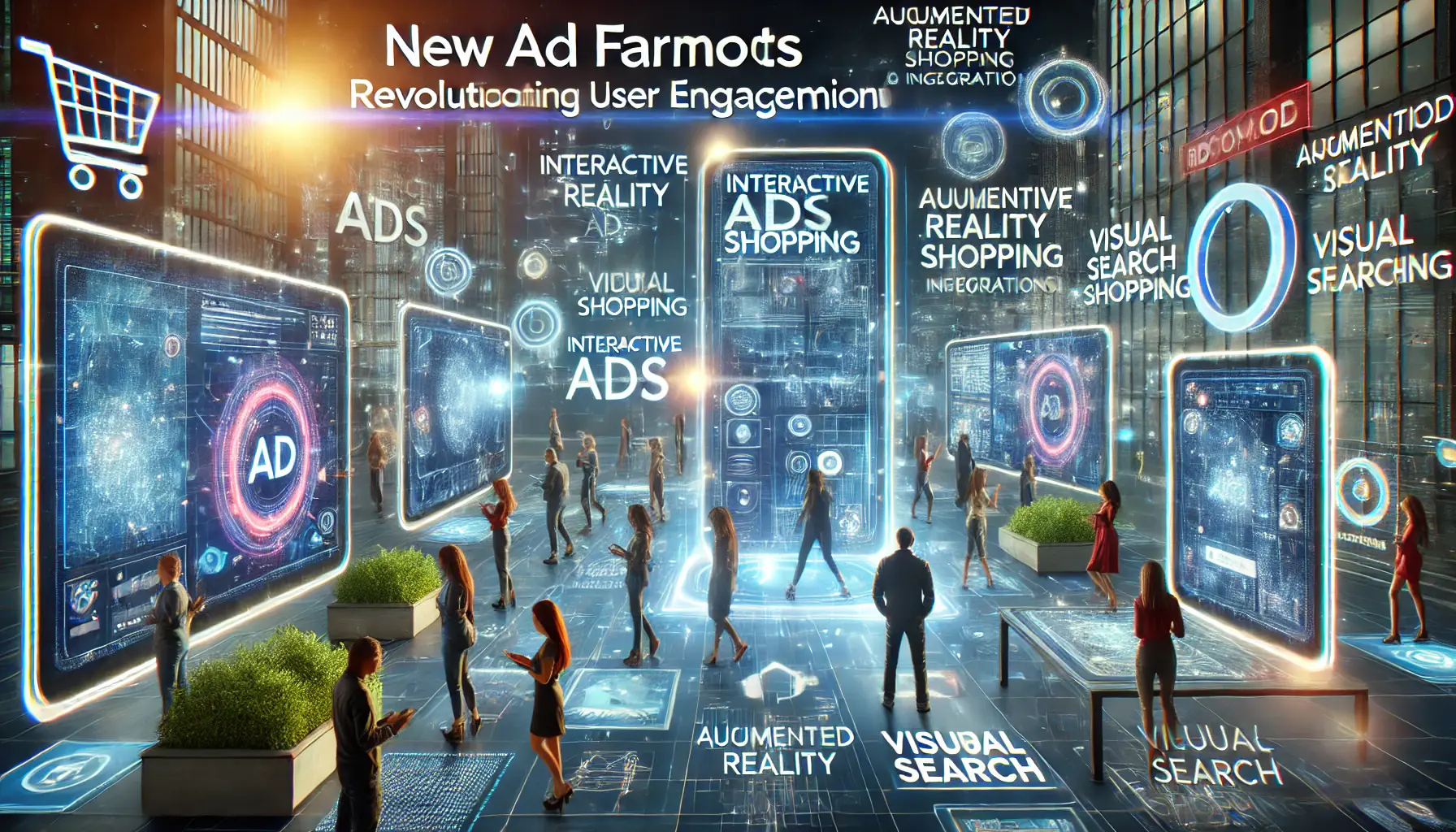
Innovative ad formats transforming user engagement with immersive technologies like AR and visual search.
New Ad Formats Revolutionizing User Engagement
In 2024, Google Ads has introduced innovative ad formats designed to enhance user engagement and provide more immersive experiences.
These new formats leverage advanced technologies to create interactive and personalized advertisements that resonate with audiences.
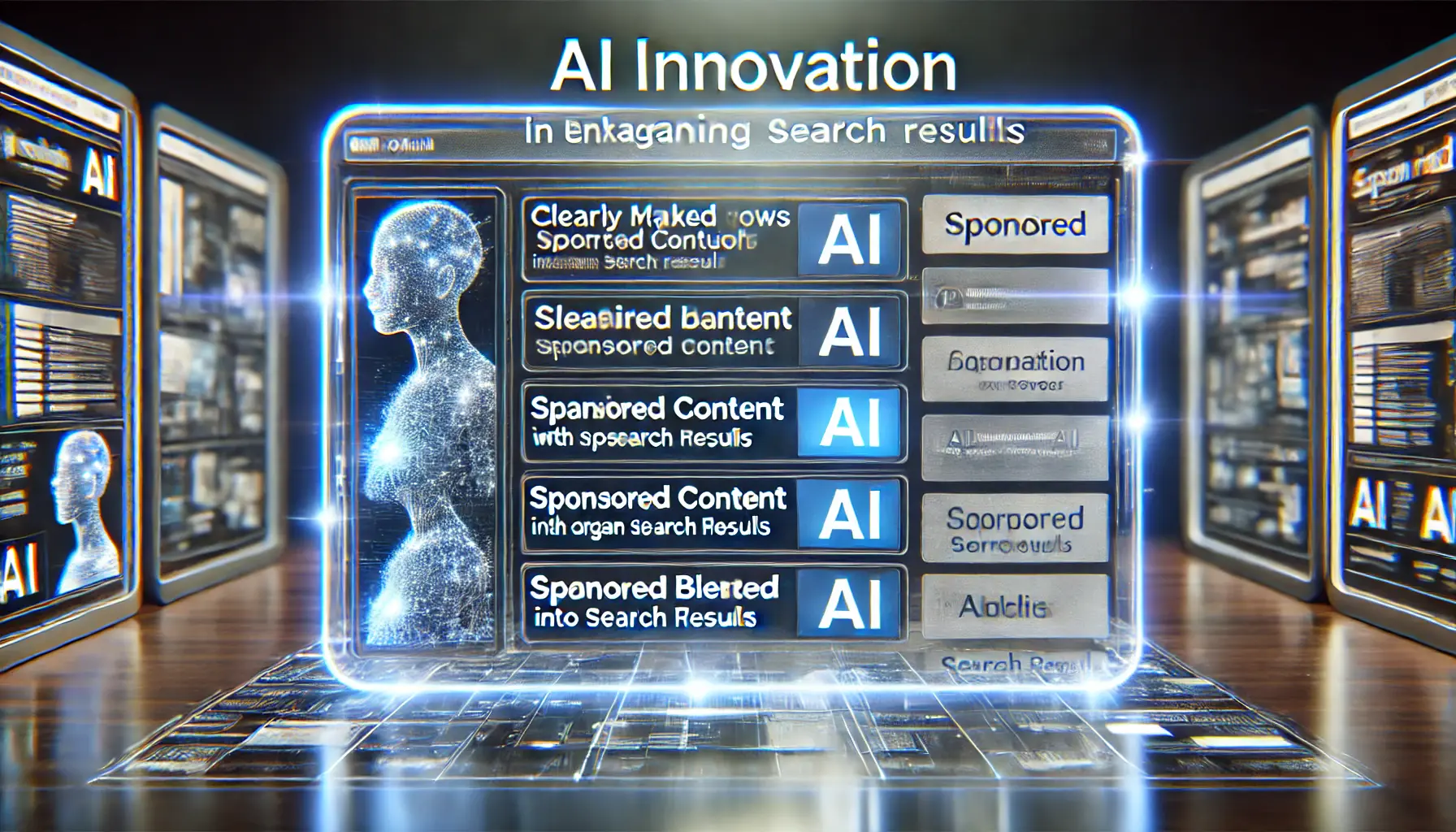
AI-generated overviews integrating sponsored content into search results for enhanced ad visibility.
AI Overviews Integrating Sponsored Content
Sponsored content is now included directly in Google’s AI Overviews within search results.
These AI-powered summaries, featuring clearly labeled ‘Sponsored’ sections, allow advertisers to embed their ads into users’ search queries seamlessly.
This game-changing ad experience ensures users receive relevant information alongside organic results.

Visual search ads in Google Lens enabling users to discover products through image recognition technology.
Visual Search Ads in Google Lens
Visual search has gained prominence, and Google LensAn AI-powered tool by Google that uses image recognition to provide information and visual search capabilities. now supports visual search ads.
Advertisers can display their products directly within visual search results, enabling users to discover and engage with brands through images.
This ad experience innovation offers a more intuitive and engaging way for users to find products.
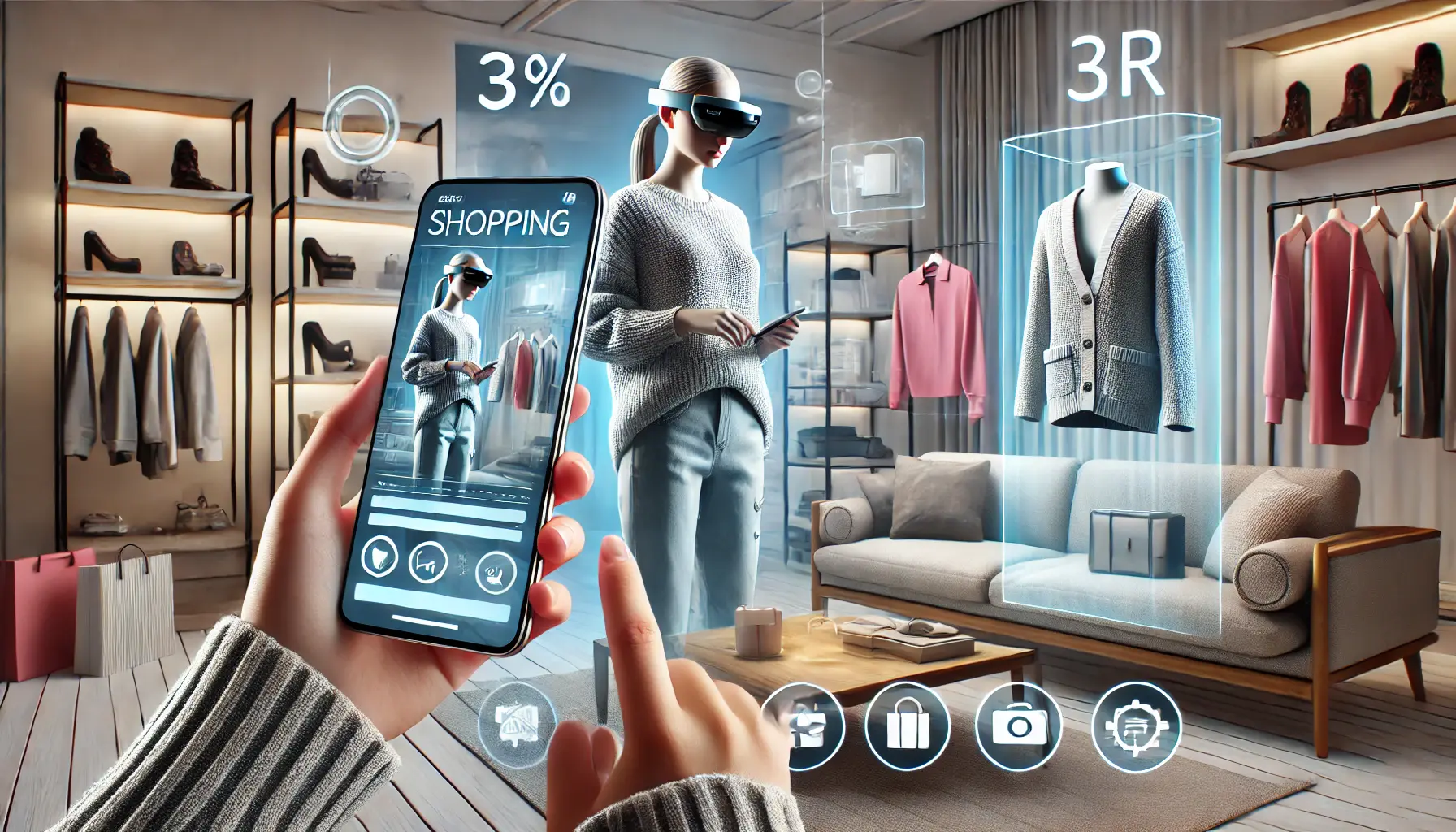
Augmented reality transforming shopping ads, allowing users to interact with products in a real-world setting.
Augmented Reality Features in Shopping Ads
Google Ads has introduced augmented realityA technology that overlays digital information onto the real world through devices like smartphones or AR glasses. (AR) to shopping ads, allowing users to virtually try on products or visualize them in their space.
This immersive ad format enables users to make more informed purchase decisions by providing a realistic sense of how products will look and fit.
These new ad formats are transforming digital advertising, promising more engaging and personalized experiences.
By leveraging AI, visual search, and augmented reality, Google Ads is revolutionizing the way brands connect with their audiences, creating more meaningful and effective interactions.
Explore innovative ad formats like AI Overviews, visual search ads, and AR shopping features to create immersive experiences for your audience.

Privacy-centric measures ensuring secure and compliant ad strategies in the digital marketing landscape.
Privacy-Centric Measures Shaping Ad Strategies
In 2024, Google Ads has implemented several privacy-centric measures that significantly influence ad strategies.
These initiatives aim to enhance user privacy while maintaining effective advertising outcomes.

Implementing Consent Mode v2 for data privacy and user consent management in digital advertising.
Implementation of Consent Mode v2
Google’s Consent Mode v2 introduces two new parameters: ad_user_data and ad_personalization.
These parameters allow advertisers to manage user consent for data collection and ad personalization, ensuring compliance with data privacy regulations.
Implementing Consent Mode v2 is essential for preserving ad personalization features, particularly in regions like the European Economic Area (EEA).

Navigating data privacy regulations to manage ad personalization and user privacy.
Impact of Data Privacy Regulations on Ad Personalization
With the introduction of new state privacy laws in the United States, Google Ads has adapted by enabling Restricted Data Processing (RDP) automatically in affected regions.
This adjustment limits the use of certain data for ad personalization, compelling advertisers to revise their targeting strategies to comply with regulations such as the General Data Protection RegulationA European Union regulation focused on data protection and privacy for individuals within the EU. (GDPR) and the California Consumer Privacy ActA California state law that enhances privacy rights and consumer protection for residents of California. (CCPA).

Leveraging first-party data for personalized marketing and optimized ad campaigns.
Advancements in First-Party Data Utilization
As privacy concerns grow and third-party cookies are phased out, advertisers are increasingly turning to first-party data to inform their advertising strategies.
By leveraging data collected directly from their audiences, businesses can create personalized and meaningful ad experiences while safeguarding user privacy.
This trend underscores the importance of developing robust practices for collecting and managing first-party data, ensuring it is effectively utilized in advertising campaigns.
These privacy-centric measures are reshaping the landscape of digital advertising, compelling advertisers to revisit their strategies with user privacy in mind.
Tools like Consent Mode v2, combined with adherence to data privacy regulations, empower advertisers to continue delivering personalized ad experiences while respecting user privacy.
Prioritize compliance with regulations like GDPR and CCPA using tools like Consent Mode v2 and first-party data strategies to maintain trust and effectiveness.

Advanced measurement and reporting tools providing real-time insights and data visualizations for ad campaign optimization.
Enhanced Measurement and Reporting Tools
In 2024, Google Ads has introduced a suite of enhanced measurement and reporting tools designed to provide advertisers with deeper insights and more precise data.
These innovations aim to optimize campaign performance and facilitate informed decision-making.
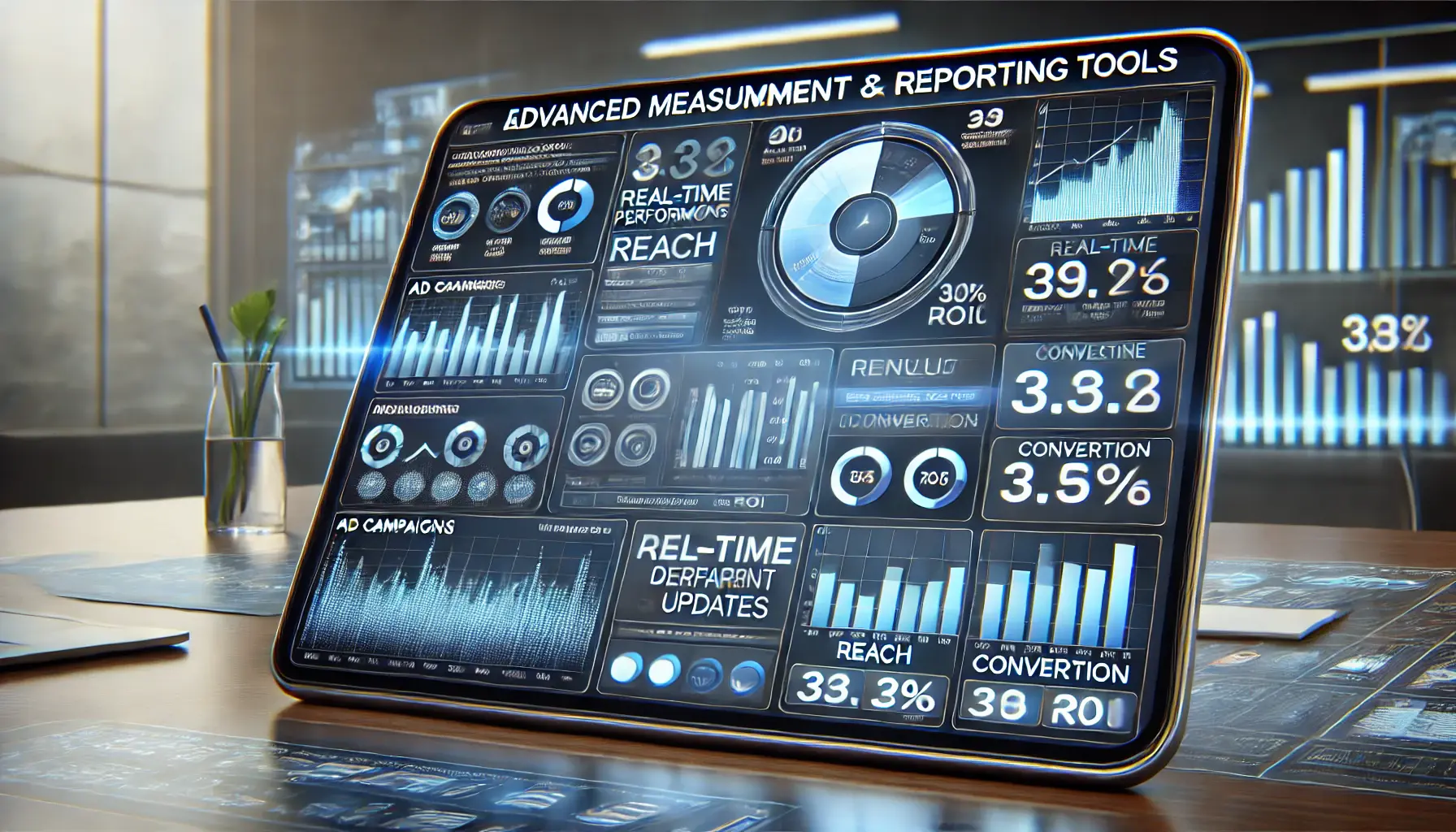
Advanced measurement and reporting tools providing real-time insights and data visualizations for ad campaign optimization.
Introduction of Cross-Media Reach Metrics
Google Ads has introduced Cross-Media ReachA measurement method that calculates the deduplicated reach and frequency of advertising across multiple media channels. Measurement, enabling advertisers to measure deduplicated on-target reach and frequency across video campaigns.
This system provides an overall view of audience engagement for Video Reach and Video View campaigns on YouTube and TV.
By aggregating and deduplicating reach and frequency figures across devices, it offers a holistic perspective on brand campaigns, allowing for strategic adjustments to maximize impact.

Asset-level reporting in Performance Max providing insights into individual ad asset performance.
Asset-Level Reporting in Performance Max
Performance Max campaigns have been enhanced with asset-level reporting, offering detailed insights into the performance of individual creative assets.
Advertisers can now identify which assets deliver the best conversion performance, enabling data-driven optimization of ad creatives.
Key features include:
- Conversion Metrics: Analyze conversion data for each asset to determine effectiveness.
- Asset Coverage Reporting: Identify underperforming asset groups and receive specific recommendations for improvement, such as adding new headlines or images.
This granular reporting empowers advertisers to refine their creative strategies and enhance overall campaign performance.

Conversion Lift Studies measuring the incremental impact of ad campaigns on conversion rates and customer behavior.
Conversion Lift Studies for Incrementality Measurement
To measure the true value of advertising efforts, Google Ads has introduced Conversion Lift Studies.
These privacy-preserving experiments help advertisers determine whether their campaigns drive incremental conversions or if customers would have converted without ad exposure.
Conversion Lift Studies enable advertisers to:
- Measure Incremental ROI: Attribute the extra return generated by ad campaigns.
- Optimize Budget Allocation: Invest in methods that demonstrably drive incremental growth.
These studies provide valuable insights into campaign effectiveness, enabling better resource allocation and strategic planning.
By adopting these advanced measurement and reporting tools, advertisers can better understand their campaign performance, make informed decisions, and drive superior business outcomes in the rapidly evolving digital advertising landscape.
Leverage advanced reporting tools such as Cross-Media Reach Metrics and Conversion Lift Studies for actionable insights and optimized campaigns.

Creative solutions using advanced technologies to elevate brand presence and user engagement in advertising.
Creative Solutions Elevating Brand Presence
In 2024, Google Ads has introduced a range of creative solutions designed to help brands enhance their presence and engage audiences more effectively.
These innovations leverage advanced technologies to streamline ad creation and deliver more personalized experiences.

AI-powered tools revolutionizing product imagery creation for personalized, brand-specific visuals.
AI-Generated Product Imagery
Google has enhanced its image asset generation tools, utilizing generative AI to create high-quality product images tailored to specific industries.
Advertisers can guide the AI with image references, enabling the production of visuals that align closely with brand aesthetics and resonate with target audiences.
This advancement simplifies the creative process and ensures that ads are both appealing and relevant.

Seamless integration of creative platforms with ad campaign management tools for efficient collaboration.
Integration with Creative Platforms
To streamline creative workflows, Google Ads has partnered with platforms like Canva, Smartly, and Pencil.
These integrations allow advertisers to seamlessly create and upload assets directly into Google Ads, facilitating efficient collaboration and faster campaign launches.
By simplifying the creative process, brands can maintain consistency and quality across their advertising materials.

Virtual try-on technology enhancing online apparel shopping experiences with augmented reality.
Virtual Try-On Experiences for Apparel Ads
Google has introduced virtual try-on features for apparel ads, increasing user engagement.
This tool allows shoppers to see how clothes would look on different body types, providing a personalized shopping experience.
By enabling customers to see realistic previews of how the products might look on them, companies can boost customer confidence and achieve higher conversion rates.
These innovative solutions empower brands to elevate their advertising strategies, deliver captivating and personalized ad experiences, capture audience attention, and drive substantial business growth.
AI-generated imagery and virtual try-on features are transforming brand advertising. Use these tools to deliver impactful and engaging campaigns.

Embracing cutting-edge ad experience innovations in 2024 with AI, AR, and VR technologies.
Embracing Ad Experience Innovations in 2024
As the digital advertising landscape evolves, the ad experience continues to be a focal point for innovation in Google Ads.
In 2024, a range of cutting-edge tools and strategies have emerged, redefining how advertisers connect with audiences and drive meaningful engagement.
These advancements not only enhance ad effectiveness but also ensure user-centricity and compliance with privacy standards.
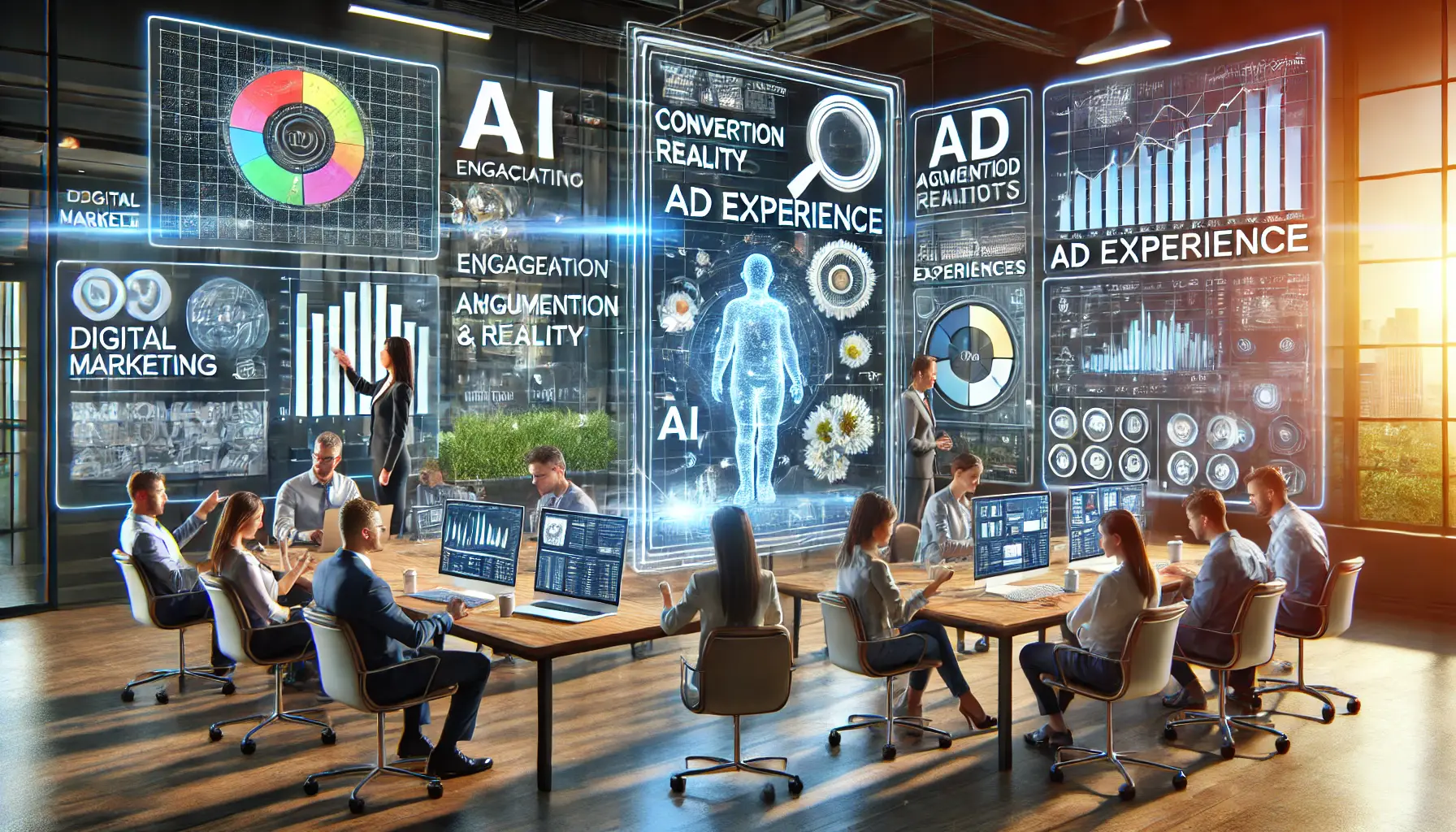
Key ad experience innovations being analyzed and optimized using advanced tools like AI, AR, and data analytics.
Key Highlights of Ad Experience Innovations
- AI-Powered Tools: From generative AI in ad creation to conversational AI in campaign management, AI-driven tools streamline processes and enhance the ad experience.
- New Ad Formats: Innovations like visual search ads and AR shopping ads revolutionize user interaction and engagement with ads.
- Privacy-Centric Solutions: Tools like Consent Mode v2 and first-party data strategies provide ways for advertisers to balance personalization with respect for user privacy.
- Enhanced Measurement: Advanced reporting tools, such as Cross-Media Reach Metrics and Conversion Lift Studies, empower advertisers to make data-driven decisions.
- Creative Integration: Partnerships with platforms like Canva and AI-generated imagery simplify creative workflows and enhance brand presence.

A proactive digital marketing team strategizing to stay ahead using AI, real-time analytics, and cross-platform campaigns.
How Advertisers Can Stay Ahead
To thrive in this competitive landscape, advertisers must embrace these ad experience innovations strategically.
Here’s how they can stay ahead:
- Leverage AI: Use AI-powered tools to automate tasks, optimize campaigns, and craft personalized experiences.
- Adopt Innovative Formats: Experiment with new formats like AR shopping ads to captivate users and set your brand apart.
- Prioritize Privacy: Ensure compliance with global privacy regulations and leverage first-party data for targeted campaigns.
- Focus on Measurement: Use advanced analytics and reporting tools to continuously refine campaign strategies.
- Streamline Creativity: Integrate creative platforms and tools to efficiently create high-quality, engaging ad content.
By adopting these integrated strategies, advertisers can create impactful ad experiences for their target audience while driving measurable business outcomes.
Moving forward, the ad experience will remain a vital component of digital advertising.
Staying informed and embracing these innovations will enable brands to move from merely adapting to thriving in an ever-evolving market.
Adopt AI, innovative formats, and privacy-centric strategies to redefine user engagement and achieve measurable success in 2024.

A team of experts addressing frequently asked questions about innovations in digital advertising and ad experiences.
Your campaigns can be managed by an agency specialized in Google Ads, check out our service page.
Frequently Asked Questions on Ad Experience Innovations
AI Overviews are AI-generated summaries within search results that now include clearly labeled ‘Sponsored’ sections, allowing advertisers to embed their ads seamlessly into users’ search queries.
Visual search ads in Google Lens enable advertisers to display their products directly within visual search results, allowing users to discover and engage with brands through images.
Consent Mode v2 introduces new parameters that allow advertisers to manage user consent for data collection and ad personalization, ensuring compliance with data privacy regulations.
AI enhances Performance MaxA campaign type in Google Ads that optimizes performance across all Google networks using machine learning. campaigns by allowing for real-time optimization across multiple channels, automatically adjusting ads to perform their best without manual intervention.
Virtual try-on experiences in shopping ads use augmented reality to allow users to virtually try on products, providing a more immersive and personalized shopping experience.
Google Ads ensures user privacy through measures like Consent Mode v2, compliance with data privacy regulations, and encouraging the use of first-party data for ad personalization.
Cross-Media Reach Metrics help advertisers measure deduplicated, on-target reach and frequency across video campaigns, providing a holistic view of their brand campaigns.
Advertisers can use AI-generated product imagery to create high-quality visuals tailored to specific industries, aligning closely with brand aesthetics and resonating with target audiences.
Conversational AI tools in campaign management interpret natural language input, allowing advertisers to set up, manage, and optimize campaigns with ease, minimizing the learning curve and saving time.










